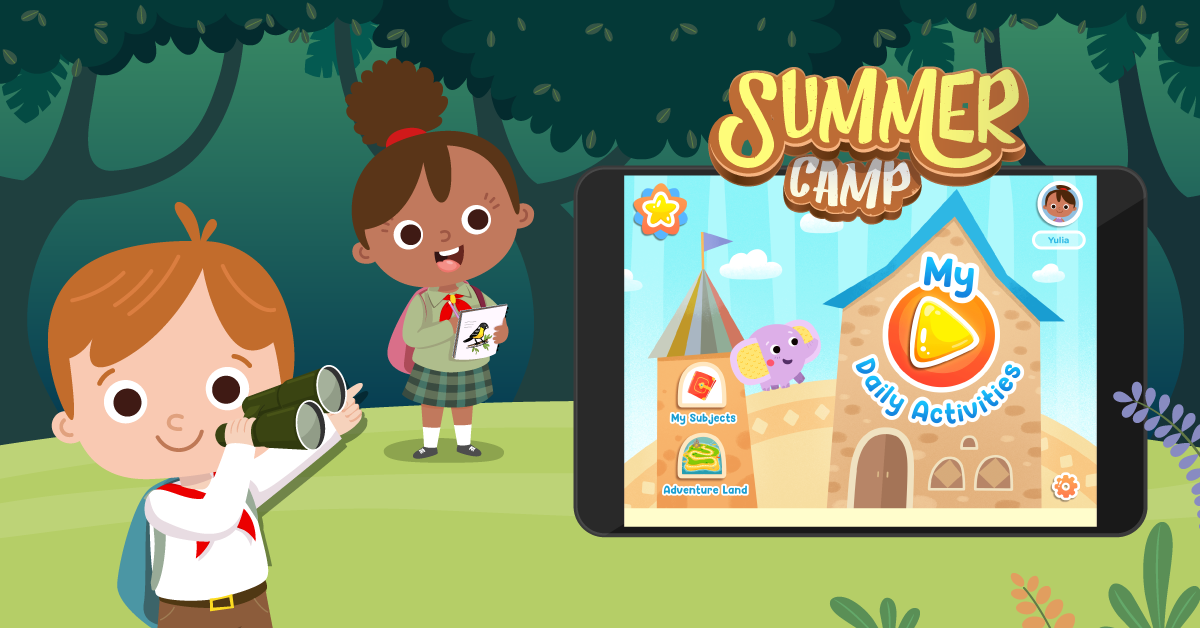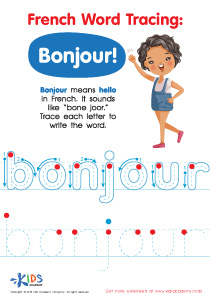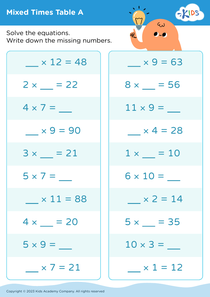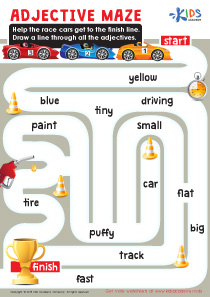Problem-Solving Skills Extra Challenge Grammar Worksheets for Ages 3-9
3 filtered results
-
From - To
Enhance your child's cognitive and linguistic abilities with our Problem-Solving Skills Extra Challenge Grammar Worksheets for ages 3-9. These meticulously designed worksheets combine grammar lessons with problem-solving tasks to stimulate critical thinking and language development. Each worksheet presents engaging scenarios and challenges, encouraging young learners to analyze, comprehend, and solve problems while enhancing their grammar skills. Ideal for supplementing classroom learning or at-home practice, these worksheets provide a fun, interactive way to master essential grammar concepts. Watch your child grow confident in their problem-solving prowess and grammar expertise with each unique activity. Start the adventure in learning today!
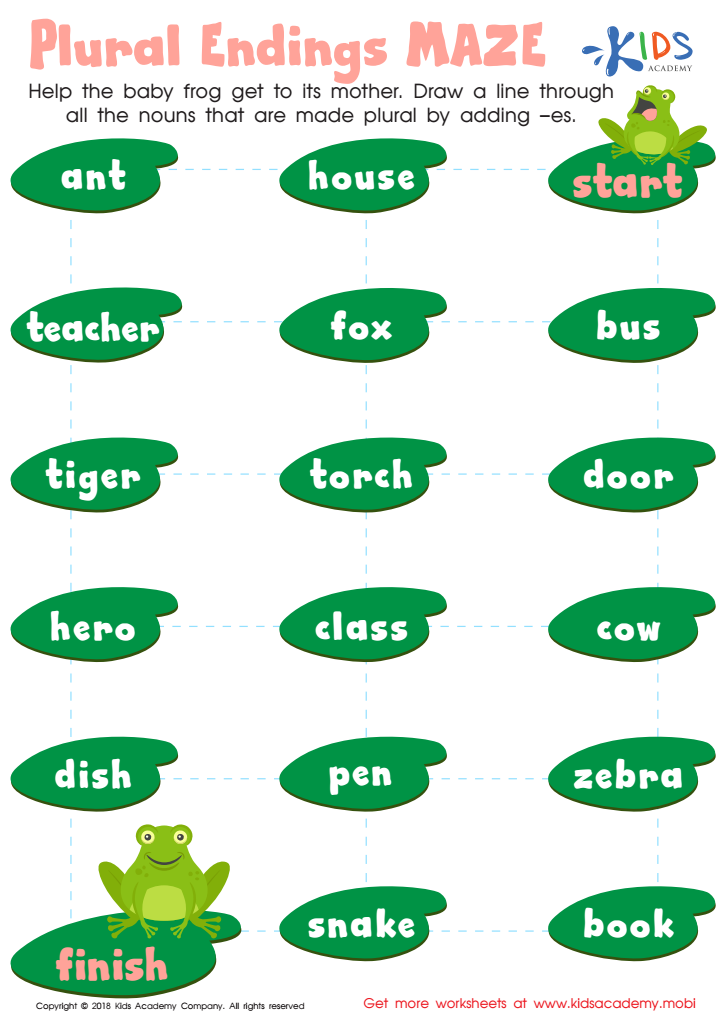

Plural Endings Maze Worksheet
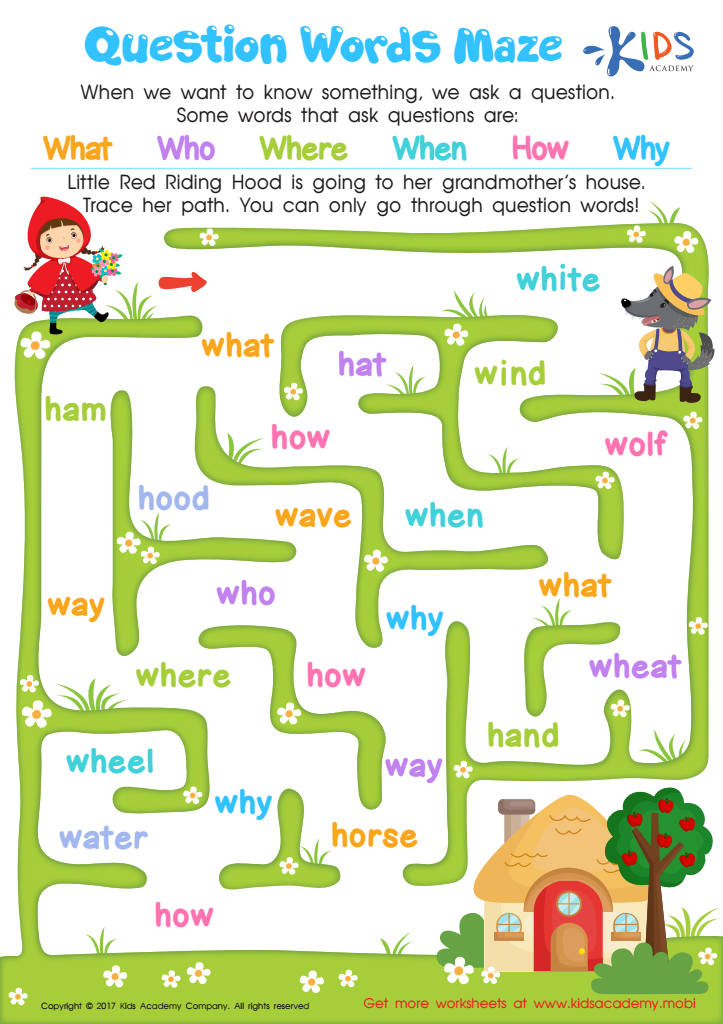

Question Words Maze Worksheet
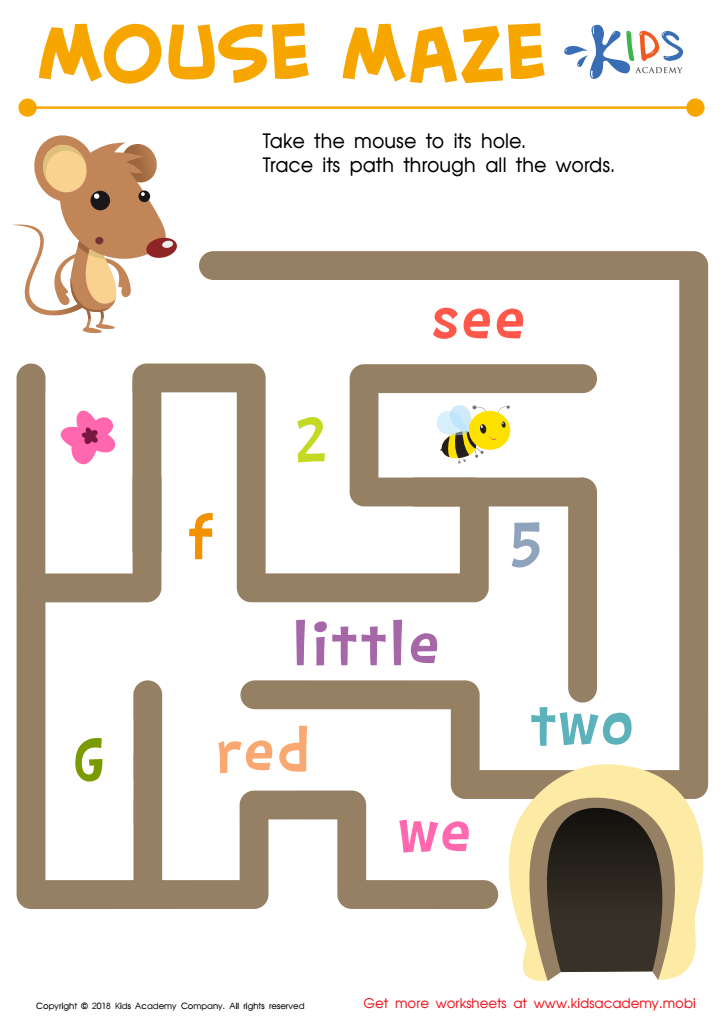

Find Words Mouse Maze Worksheet
Problem-solving skills and grammar are integral parts of early childhood development, making it essential for parents and teachers to prioritize the "Extra Challenge Grammar for Ages 3-9." During these formative years, children's brains are at a highly receptive stage, eager to absorb new information and develop critical thinking abilities. By introducing structured challenges in grammar and problem-solving, we are laying the groundwork for their future academic and life success.
Problem-solving skills help children navigate everyday scenarios, from simple puzzles to more complex social interactions. They bolster a child's ability to think logically, make informed decisions, and adapt to new situations. Introducing them to challenges aids in honing their cognitive abilities and boosting their confidence.
Grammar, meanwhile, is the cornerstone of effective communication. Teaching children about sentence structure, tenses, and vocabulary enriches their language skills, enhancing both written and verbal expression. Good grammar not only aids in academic performance but also in forming robust social connections, as clear articulation fosters better understanding and cooperation among peers.
Combining grammar challenges with problem-solving exercises creates a dynamic learning environment. It nurtures a child's intellectual curiosity, encourages linguistic proficiency, and promotes a growth mindset. By valuing these aspects, parents and teachers equip children with essential tools for lifelong learning and success.

 Assign to My Students
Assign to My Students







